Kitchen faucet repair should not be postponed. No matter how small the leak is, the wasted water can become substantial if you don’t do anything to stop them from dripping. Once you see a pool of water under your sink or you hear the dripping sound of water at night, you should act before it is too late. You can even solve the problem on your own if it is not very complicated. Let me show you how.
First and foremost, you need to have all the necessary tools. What you need are an adjustable wrench, Phillips screwdriver, penetrating oils, O-rings, and replacement washers. The first actual step in kitchen faucet repair is to turn off your water supply. Use your screwdriver to remove all decorative elements of your faucet knob. Don’t forget to unscrew the faucet handle from the stem with your flat-head screwdriver. You can use the penetrating oil to make the loosening process easier. Loosen the packing nut using your adjustable wrench. After doing this, you can now see the faucet stem. Remove it next. In some models it is easy to pull off the stems, while in others, it needs a little twisting and turning to remove it from the valve. Check each removed parts for any holes and damages. If all of them are intact, you need to examine the valve seat especially the O-ring and the washer. Replace the damaged parts. Bear in mind that all the parts such as the washers and O-rings are of the exact size. To make sure that you don’t purchase the wrong size, bring the old parts to the hardware store. Reassemble the parts starting with the washer, the stem, the packing nut, the screw and the faucet handle. Test the newly repaired faucet by turning the knob gently.
This process should repair your faucet. If you still notice dripping after properly following the above instructions, there might be some corrosion in the valve seat of your faucet. You need to have this cleaned. Failing to do so will make it worse and may produce leakage near the spout. Other culprits of leakage that may need kitchen faucet repair are broken plumbing, loose faucet parts, and decaying seals. Complicated problems will need the assistance of a professional plumber. The important thing is you act on the problem right away. Wasting time will just lead to worse problems that might drill a hole in your pocket.

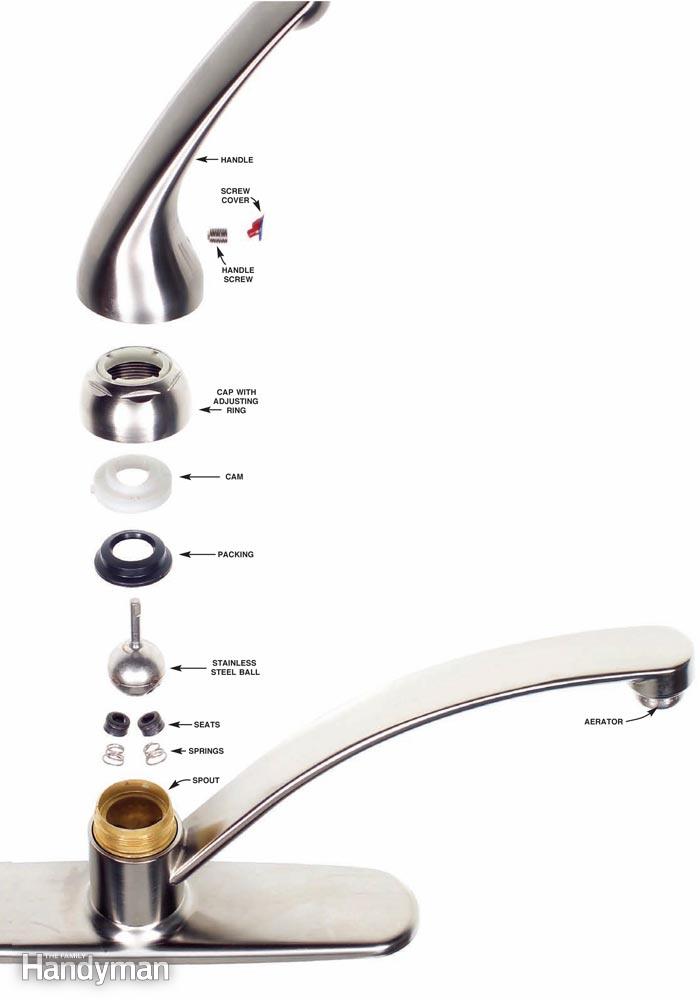


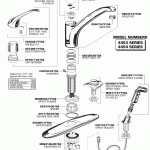
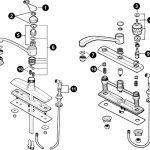

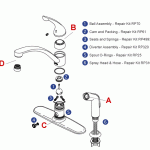

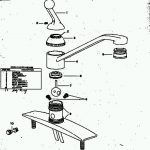

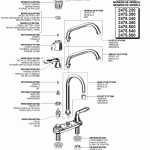

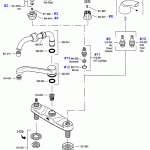


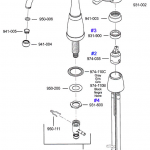

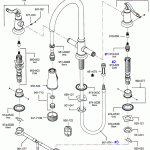



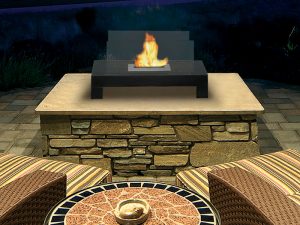





Tell us what you think about "How to Perform Kitchen Faucet Repair on your Own"?